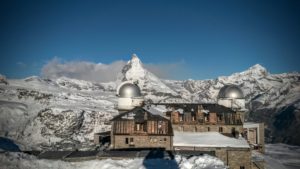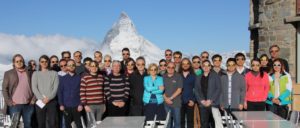Platja d’Aro, Spain, September 9 – 13, 2019
Webpage: https://th.fhi-berlin.mpg.de/meetings//BiGmax-Summer-2019/
Organizers:
Gerhard Dehm
Max-Planck-Institut für Eisenforschung, Düsseldorf, Germany
Claudia Draxl
Humboldt-Universität zu Berlin, Berlin, Germany
Matthias Scheffler
Fritz Haber Institute of the Max Planck Society, Berlin, Germany
Jilles Vreeken
CISPA – Helmholtz Center for Information Security, Germany
Scope:
Materials science is entering an era where the growth of data from experiments and simulations is expanding beyond a level that is addressable by established scientific methods. The so-called “4 V challenge” – concerning Volume (the amount of data), Variety (the heterogeneity of form and meaning of data), Velocity (the rate at which data may change or new data arrive), and Veracity (uncertainty of quality) is clearly becoming eminent. Issues are, for example, an early discrimination between valuable and irrelevant experimental data, understanding errors in both experiment and theory, and assigning error bars and trust levels to density-functional theory high-throughput screening results, just to name a few. Most importantly, however, is that Big Data of materials science provide a significant chance for new insight and knowledge gain when fully exploiting its information by artificial intelligence concepts and methods. All the above aspects – from data processing to exploiting the potentials of data-driven materials science – require new and dedicated approaches.
Continue reading Big Data Summer: A summer school of the BiGmax Network


